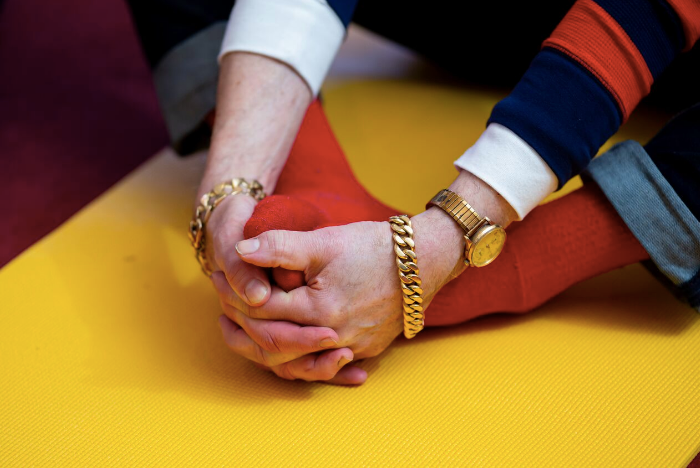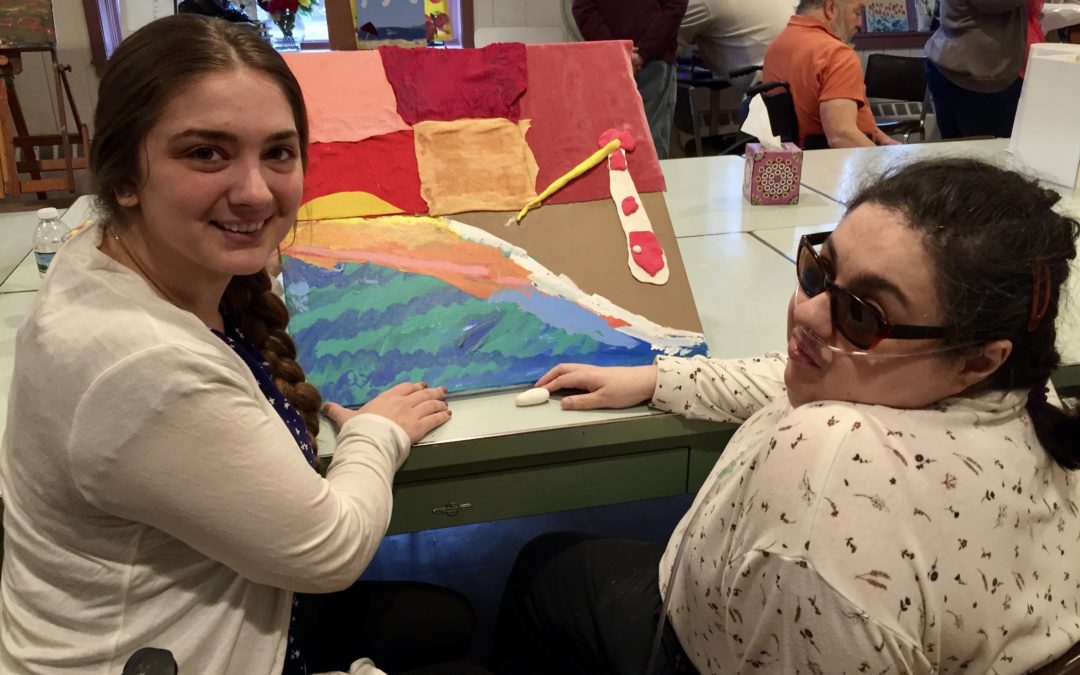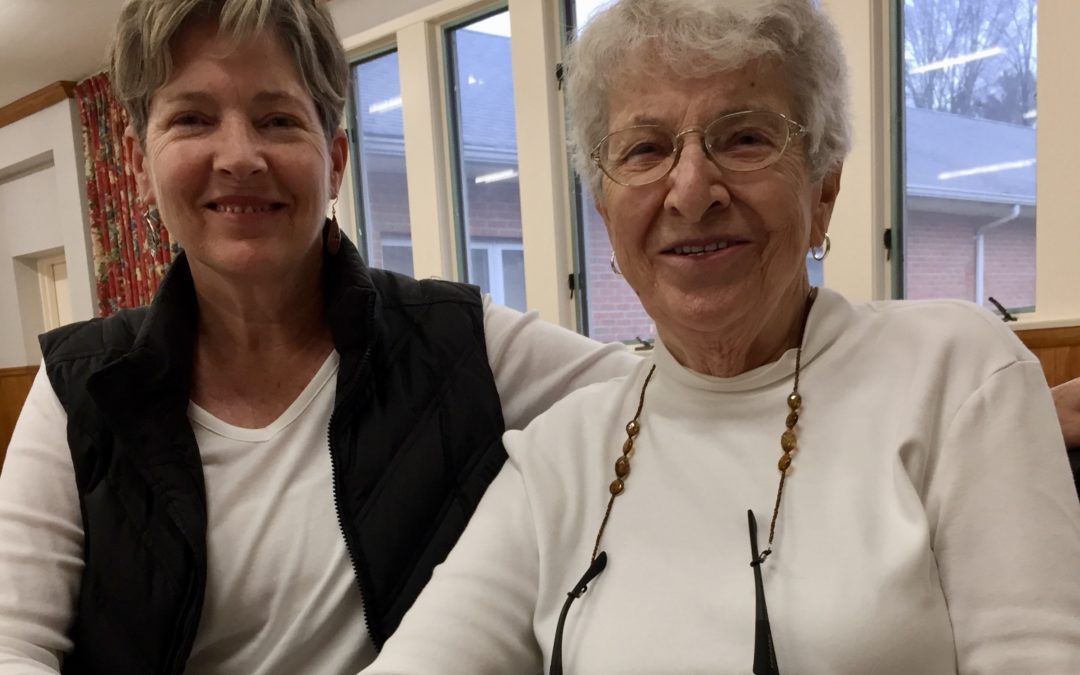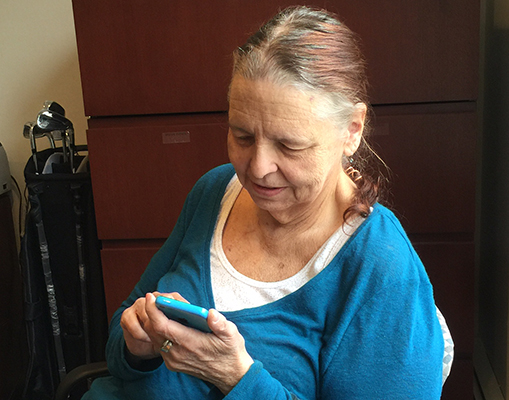
by admin | Apr 6, 2020 | Blog, News, Program
Vision Loss Alliance of New Jersey is pleased to announce the opening of our new virtual classroom!
As part of our Beyond Sight series of programs we are offering Meditation and Mindfulness, an online class to help you cope with the stresses of everyday life. This class will be held at 1:30pm EST on Tuesdays from April 7, 2020 to April 28, 2020 using the Zoom meeting platform.
There is no cost to participate, however registration is required and seating is limited. Register in advance by clicking on the following link: Zoom Meeting.
After registering, you will receive a confirmation email containing information about joining the meeting. We look forward to having you in our classroom!
Would you like more information? Send us an email at beyondsight@vlanj.org.

by admin | Feb 11, 2019 | Program
Stacey has a vivid image of the Barnegat Lighthouse in her mind that’s untainted by the degenerative eye disease retinitis pigmentosa that makes everything look fractured. “Like a broken mirror,” Stacey explained. Stacey worked for weeks to bring her sunset Jersey Shore memory to life on a large canvas with vivid colors, soft fabrics and plenty of glitter to make her ocean sparkle.
“That’s all her in every way,” said Marisa Juliano, one of three Caldwell University art therapy graduate students interning with Vision Loss Alliance of New Jersey’s art therapy class. Juliano helped Stacey consider her options for materials, offered encouragement, and brought supplies to Stacy, who has health problems that make it hard for her to get around. “I asked questions that led her to her own discoveries,” Juliano said.
“The intern program really benefits the students, giving them the extra attention that, as a solo group leader, I can’t give,” said Vision Loss Alliance art therapist Traci Bitondo, a Caldwell University alumna. Jen Albright became the program’s first intern last winter, and is now in her third semester. She has worked for months with David on his Gothic cathedral model. “Jen has helped me take it from the mind into the three-dimensional,” said David, an architecture buff who was born without sight in his left eye.
“We act as the third hand. We assist without being too intrusive,” Albright said. She has been impressed with Vision Loss Alliance. “It offers so many different modalities for wellness,” she said. Intern Alyssa Udijohn added, “We act like vessels to help them create what’s in their heads and make it real. They know what they want to do.”

by admin | Feb 8, 2019 | Program
Sheila gave up reading, cooking, and independent outings when age-related macular degeneration severely affected her vision.
With no sight in her left eye and only peripheral vision in her right, her world shrunk. “It was really hard to accept at the beginning. I suddenly needed help with everything,” the 88-year-old widow said. Sheila’s outlook has changed since completing six sessions of low vision occupational therapy at Vision Loss Alliance of New Jersey. “It’s certainly given me more confidence,” Sheila said after a recent session with Vision Loss Alliance Program Director Elsa Zavoda, an occupational therapist certified in low vision by the American Occupational Therapy Association.
Sheila has learned about the importance of room lighting and cutting down glare with special glasses. Using a headlamp and handheld magnifier recommended by Zavoda, “I’m able to read more than I thought,” she said. Zavoda suggested replacing her shade lamps with torchiere lamps strategically placed in her living room and bedroom. “That has really brightened her apartment,” Sheila’s daughter, Fran, said. She’s also cooking again, having learned techniques that keep her safe in the kitchen. The night before, she’d cooked a chicken cutlet and baked potato. “She hadn’t cooked for herself in a long time, and now she’s doing it, and doing it well,” Fran said.
Vision Loss Alliance started offering low vision occupational therapy over the summer to train people to optimize their remaining vision. “Vision loss doesn’t mean life has to stop,” Zavoda said. “People dealing with it can adapt, learning to do things differently.” Zavoda assesses participants’ current vision and life circumstances to help prioritize their goals, and tailors the hour-long sessions to those goals. Safety, cooking, grooming, medication management, paying bills, reading, appropriate lighting, watching television, and using the computer, are among the activities covered. Many health insurance plans cover the cost of low vision occupational therapy.
Occupational therapy is opening her world. Sheila said she may try the dining room at the Basking Ridge senior community where she lives and start taking the community bus to the grocery store and use the magnifier to read food labels. “Before my mom came here, she didn’t have confidence, so she wasn’t trying things,” her daughter said. “Now she realizes there’s a lot she can do.” “This has been a great experience,” Sheila said. “I’ve gotten so much out of it!”

by admin | May 28, 2018 | Program
My name is Kath and I lost my sight in 2009 to Diabetic Retinopathy. I got my first glimpse of the value of Vision Loss Alliance of New Jersey’s tech program a few years ago while enrolled in the organization’s Better Health and Wellness program in Montclair.
I was using a flip phone at the time and couldn’t imagine any reason for switching to an iPhone. My phone allowed me to dial numbers vocally, and really, what more did I need?
In the Better Health and Wellness program, I was surrounded by classmates whose knowledge and wisdom I admired and trusted. I heard them using amazing applications. The first app that really grabbed my attention was one called “BlindSquare.” It worked in a manner similar to that of a GPS in a car, but this one enabled a blind or visually impaired person to know exactly where she was standing on a block or in a mall! What freedom!! Another app that drew my interest was called “TapTapSee.” This one identified items photographed with the phone. Ah! The joy of finding peas in the can when you opened it, as hoped for.
I decided to sign up, buying an iPhone just before classes started at the Denville location.
The experience wasn’t easy at first. There I was in an unfamiliar space that offered a frustrating set of classes that had me wanting to throw the phone out the window — or at the least across the room. But I was surrounded by classmates who understood where I was coming from, and who both commiserated with me and taught me to laugh at the experience. I found teachers with enormous knowledge of these highly technical topics and even greater patience with people like me who were groaning students convinced they’d never learn.
Over time I did learn, and I went on to use the iPad and a Bluetooth keyboard. These days, I volunteer as an assistant teacher, where I get the great blessing of sharing in and cheering on my students’ successes!




